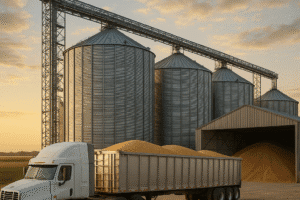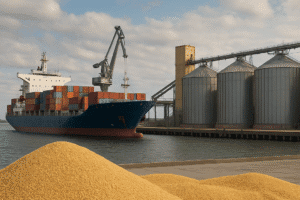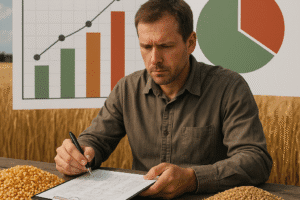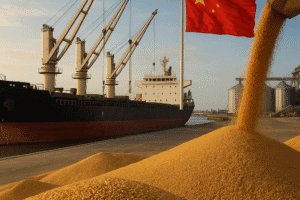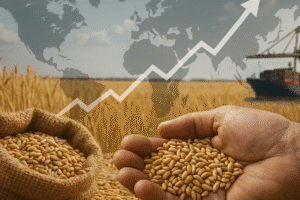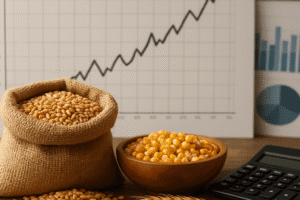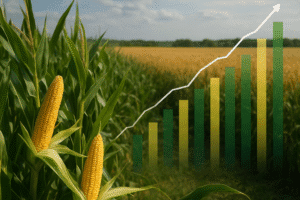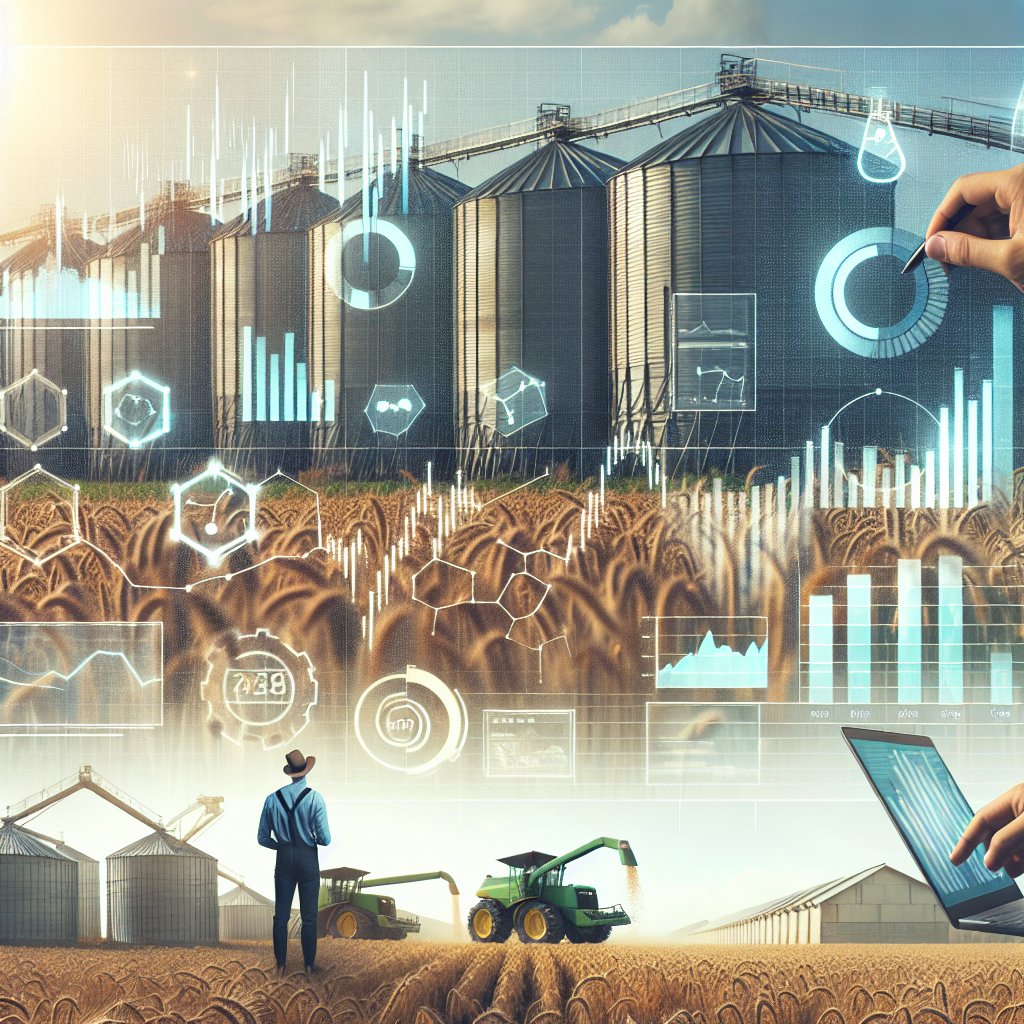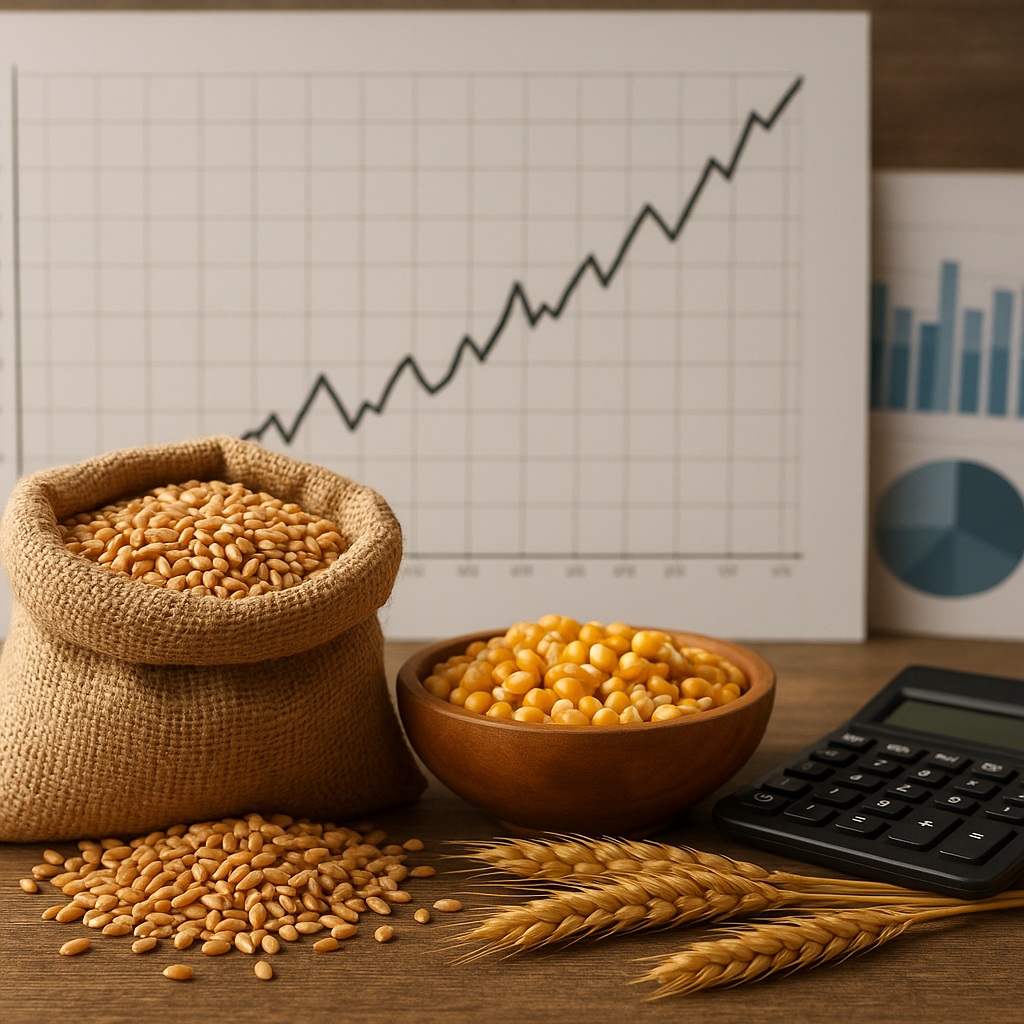Data analytics has become a pivotal force in transforming the grain markets, enhancing efficiency and decision-making processes. As the global demand for grains continues to rise, stakeholders in the agricultural sector are increasingly turning to data-driven strategies to optimize production, distribution, and pricing. This article explores the various ways in which data analytics is reshaping the grain markets, focusing on its impact on supply chain management, market forecasting, and sustainability practices.
Understanding the Role of Data Analytics in Grain Markets
The grain market is a complex ecosystem involving farmers, suppliers, distributors, and consumers. Each of these stakeholders generates vast amounts of data, from crop yields and weather patterns to market prices and consumer preferences. Data analytics serves as a powerful tool to harness this information, enabling stakeholders to make informed decisions that enhance efficiency and profitability.
Supply Chain Optimization
One of the most significant applications of data analytics in the grain market is supply chain optimization. By analyzing data from various sources, stakeholders can identify inefficiencies and bottlenecks in the supply chain. This includes tracking the movement of grains from farms to storage facilities and ultimately to consumers.
- Real-time Tracking: Advanced analytics tools allow for real-time tracking of grain shipments. This capability helps stakeholders monitor the status of their products, ensuring timely deliveries and reducing the risk of spoilage.
- Inventory Management: Data analytics can predict demand patterns, enabling better inventory management. By understanding when and where grains are needed, suppliers can adjust their stock levels accordingly, minimizing waste and maximizing sales.
- Cost Reduction: By identifying inefficiencies in transportation and storage, data analytics can help reduce operational costs. For instance, optimizing routes for grain transport can lead to significant savings in fuel and time.
Market Forecasting
Accurate market forecasting is crucial for stakeholders in the grain industry. Data analytics provides the tools necessary to analyze historical data and current market trends, allowing for more accurate predictions of future prices and demand.
- Price Prediction Models: By utilizing machine learning algorithms, analysts can develop models that predict grain prices based on various factors, including weather conditions, global supply and demand, and geopolitical events. These predictions enable farmers and traders to make informed decisions about when to sell or purchase grains.
- Consumer Behavior Analysis: Understanding consumer preferences is essential for grain producers. Data analytics can reveal trends in consumer behavior, helping producers tailor their products to meet market demands.
- Risk Management: The grain market is subject to various risks, including price volatility and climate change. Data analytics can help stakeholders assess these risks and develop strategies to mitigate them, ensuring more stable operations.
Enhancing Sustainability Practices
As the world faces increasing environmental challenges, sustainability has become a critical focus in the grain market. Data analytics plays a vital role in promoting sustainable practices that benefit both the environment and the economy.
Precision Agriculture
Precision agriculture is an innovative approach that leverages data analytics to optimize farming practices. By using data collected from sensors, drones, and satellite imagery, farmers can make informed decisions about crop management.
- Resource Optimization: Data analytics helps farmers optimize the use of water, fertilizers, and pesticides. By analyzing soil health and crop needs, farmers can apply resources more efficiently, reducing waste and environmental impact.
- Yield Improvement: By understanding the specific needs of their crops, farmers can implement targeted interventions that lead to higher yields. Data analytics enables them to monitor crop health and make adjustments in real-time.
- Environmental Impact Assessment: Data analytics can assess the environmental impact of farming practices, helping farmers adopt more sustainable methods. This includes evaluating carbon footprints and biodiversity impacts.
Supply Chain Sustainability
Beyond individual farming practices, data analytics can enhance sustainability throughout the entire grain supply chain. By analyzing data on transportation, storage, and processing, stakeholders can identify opportunities to reduce their environmental footprint.
- Carbon Footprint Tracking: Data analytics can track the carbon emissions associated with different stages of the grain supply chain. This information allows companies to implement strategies to reduce their overall carbon footprint.
- Waste Reduction: By analyzing data on spoilage and waste, stakeholders can develop strategies to minimize losses. This not only benefits the environment but also improves profitability.
- Transparency and Traceability: Consumers are increasingly demanding transparency in the food supply chain. Data analytics can provide traceability from farm to table, ensuring that consumers are informed about the origins of their food.
Challenges and Future Directions
While data analytics offers numerous benefits to the grain market, it is not without challenges. Stakeholders must navigate issues related to data privacy, integration, and the need for skilled personnel to analyze and interpret data.
Data Privacy and Security
As data collection becomes more prevalent, concerns about data privacy and security are rising. Stakeholders must ensure that they comply with regulations and protect sensitive information.
- Regulatory Compliance: Adhering to data protection regulations is essential for maintaining consumer trust. Stakeholders must implement robust data governance frameworks to ensure compliance.
- Cybersecurity Risks: The increasing reliance on digital tools exposes stakeholders to cybersecurity threats. Investing in cybersecurity measures is crucial to protect data integrity.
Integration of Data Sources
Integrating data from various sources can be a complex task. Stakeholders must develop systems that allow for seamless data sharing and analysis.
- Interoperability: Ensuring that different data systems can communicate effectively is essential for maximizing the benefits of data analytics. This may require investment in new technologies and training.
- Standardization: The lack of standardized data formats can hinder data integration efforts. Developing industry-wide standards can facilitate smoother data sharing.
Skilled Workforce
The demand for skilled professionals in data analytics is growing. Stakeholders must invest in training and development to build a workforce capable of leveraging data effectively.
- Education and Training Programs: Collaborating with educational institutions to develop training programs can help cultivate a skilled workforce in data analytics.
- Continuous Learning: The field of data analytics is constantly evolving. Encouraging continuous learning and professional development is essential for keeping pace with technological advancements.
Conclusion
Data analytics is revolutionizing the grain markets, driving efficiency and sustainability across the supply chain. By harnessing the power of data, stakeholders can optimize operations, enhance market forecasting, and adopt more sustainable practices. While challenges remain, the future of data analytics in the grain industry looks promising, with the potential to create a more efficient and environmentally friendly agricultural sector. As technology continues to advance, the integration of data analytics will undoubtedly play a crucial role in shaping the future of grain markets worldwide.
